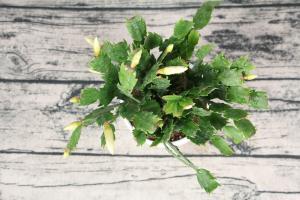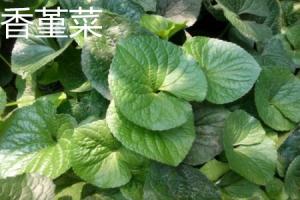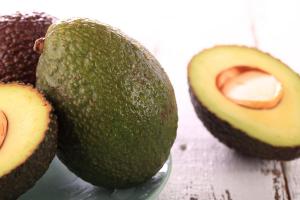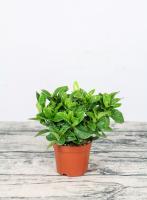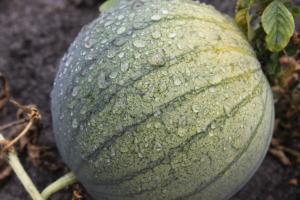How Do You Prune Tomato Plants?
Tomatoes are a popular and versatile crop that can be grown in gardens, containers or greenhouses. To maximize tomato yield and health, it is important to properly prune plants. Pruning is the practice of removing certain portions of the plant, such as suckers, side branches and foliage, to promote healthier growth and fruit production. Here are some tips on how to prune tomato plants for optimum results.
What Are Suckers and Why Should You Remove Them?
Suckers are small shoots that emerge from the point where the stem and a branch meet. They can grow into new branches, flowers or fruit clusters, but they also compete with the main stem for nutrients and water, causing the plant to divert energy away from developing ripe tomatoes. In addition, suckers can create an overly bushy and crowded plant that is hard to support and harvest. Therefore, it is recommended to remove suckers from tomato plants, especially indeterminate or vining types, which tend to produce more suckers than determinate or bush types.
How Do You Identify and Remove Suckers?
To identify suckers, look for young shoots that appear between the stem and a branch angle, usually in the crotch of the plant. They usually have smaller leaves and a lighter green color than the main stem. Use a sharp and clean pair of pruners or scissors to cut off suckers that are less than ? inch in diameter, as they are easier to remove and less damaging to the plant. For larger suckers, use a saw or shears to cut them flush with the main stem, without leaving a stump that can attract pests or diseases. Be careful not to injure the main stem or nearby branches while pruning, as it can cause wounds that may lead to infection or decay.
What About Side Branches and Foliage?
While suckers are the most important targets for pruning tomato plants, side branches and foliage can also be removed if they are diseased, damaged, or overly shaded. Side branches, also called secondary or lateral branches, grow from the main stem and form a horizontal or oblique angle with it. They can produce flowers and fruits, but if they are too low or too many, they can create a dense and congested canopy that blocks sunlight, air flow and easy access to the fruit. Therefore, it is a good idea to remove some of the lower, suckering or branching side branches to expose the main stem and promote upward growth.
Foliage, or leaves, are also important components of tomato plants, as they produce food and shade for the fruit, and help regulate water balance and temperature. However, if the foliage is infected with a pest, disease or fungus, it can spread to other parts of the plant and reduce yield and quality. Similarly, if the foliage is too dense or mature, it can prevent air circulation and trap moisture, leading to rot and mold. Therefore, it is recommended to remove yellowing, spotted or curled leaves, and thin out the foliage if needed, especially in humid or rainy climates.
When and How Often Should You Prune Tomato Plants?
The timing and frequency of pruning tomato plants depend on several factors, such as the type, size, stage and growing conditions of the plant, as well as your goals and preferences. Generally speaking, you should start pruning tomato plants when they have reached a height of 12-18 inches and have developed a few nodes or branches. This is usually after 3-4 weeks of planting or transplantation, and before the flowering and fruiting stages begin. However, if you notice any suckers or side branches that are competing with the main stem, you can remove them as soon as they appear, even if the plant is small.
As for the frequency, you can prune tomato plants every 1-2 weeks or as needed, depending on how fast they grow and how many suckers or side branches they produce. You can also prune different parts of the plant at different times, for example, removing suckers on one day and foliage on another day. However, be careful not to over-prune or stress the plant, as it can reduce its vigor and yield.
In conclusion, pruning tomato plants is an essential practice for promoting healthy growth, fruit production and easy management. By removing suckers, side branches and foliage as needed, you can improve the quality, quantity and accessibility of your tomatoes, and reduce the risk of pests, diseases and environmental stress. Happy pruning!

 how many times do yo...
how many times do yo... how many planted tre...
how many planted tre... how many pine trees ...
how many pine trees ... how many pecan trees...
how many pecan trees... how many plants comp...
how many plants comp... how many plants can ...
how many plants can ... how many plants and ...
how many plants and ... how many pepper plan...
how many pepper plan...
